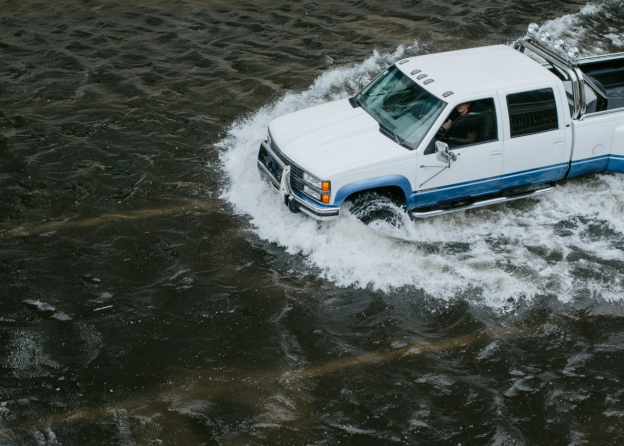
Experiencing a flood can be overwhelmingly traumatic, leaving homeowners faced with a devastated property and an uncertain path forward. As waters recede, the daunting task of recovery begins—a critical period where prompt and informed actions can make a significant difference in mitigating further damage and streamlining the restoration process.
This guide to flood recovery is designed to walk you through the essential steps of recovery, from ensuring your personal safety to managing the cleanup and contacting the necessary professionals.
Ensure Personal Safety
The immediate aftermath of a flood can be chaotic and hazardous, making personal safety your foremost priority. Before re-entering your home or any flood-affected area, it’s essential to wait for the go-ahead from local authorities to ensure it’s safe to do so.
Floodwaters often bring a mix of chemicals, sewage, and other harmful substances; therefore, protecting yourself with appropriate gear is crucial. Equip yourself with sturdy boots to avoid injuries from submerged sharp objects, gloves to protect your hands, and a high-quality mask to prevent inhaling potentially toxic airborne particles.
Additionally, be extremely cautious around electrical systems. Avoid touching electrical equipment and appliances, especially if they are wet or standing in water. If possible, ensure that the electricity supply is turned off at the mains to reduce the risk of electrocution. Remember, no item in your home is worth compromising your safety. Following these precautions can help you avoid immediate dangers and set a safer stage for the recovery and cleanup efforts that follow.
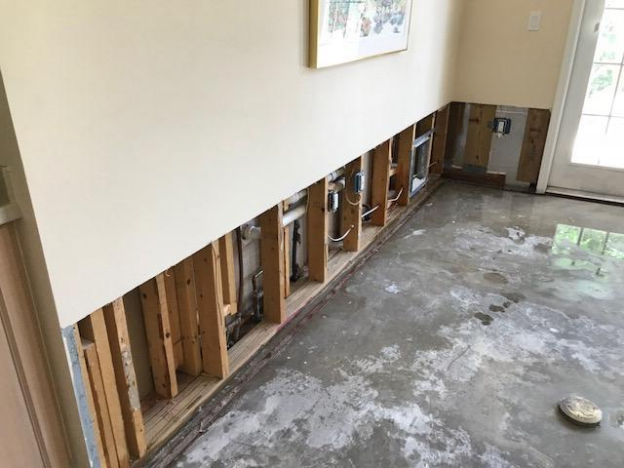
Assess Immediate Needs
Once safety is assured, the next step is to assess the immediate needs following the flood. If your home is severely damaged and deemed unsafe, securing alternative accommodation should be your priority. Reach out to local disaster relief services, which can provide temporary shelter or guide you to safe lodging options.
It's also crucial to stay informed by following updates and directives from local authorities and emergency management officials. These sources can offer critical information on road closures, water safety advisories, and other safety instructions specific to your area.
Communicating with these officials can also help ensure that your situation is documented, which can be beneficial for receiving aid and support. During this time, maintaining contact with family, friends, and neighbors is important not only for emotional support but also for sharing resources and information.
Document the Damage
Documenting the extent of flood damage as soon as it is safe to do so is crucial for insurance and recovery purposes. Begin by taking detailed photographs and video footage of your property, capturing all areas affected by the flood. These visual records should include both overall shots of entire rooms and close-ups of specific damages to flooring, walls, furniture, and appliances.
Make sure to also document the water level at its highest point if possible. Alongside visual documentation, compile a comprehensive list of damaged or destroyed items. Note descriptions, the estimated value, and the age of each item to aid in the claims process. Keeping a detailed inventory will not only streamline the insurance claims process but will also help you assess what needs replacing and what can be salvaged.
Remember to store all documentation in a safe, dry place or digitally to ensure it is not lost or further damaged in the cleanup process. This organized approach will provide a clear and detailed account of the damages for insurance adjusters and will be invaluable in securing the necessary funds for repairs and replacements.

Begin the Cleanup Process
Initiating the cleanup process can be a daunting task, but taking systematic steps can help manage it more effectively. Start by safely removing any standing water in your home, using pumps or wet-dry vacuums if available. This should be done as quickly as possible to minimize water damage.
Once the water is removed, focus on salvaging any items that are wet but not irreparably damaged. Important documents, photographs, and personal items can often be dried out and restored if they are attended to promptly. For larger items like furniture and carpets, assess whether professional cleaning might restore them or if they should be discarded. Be sure to properly dispose of items that are beyond saving, particularly those that may harbor bacteria or mold.
Throughout this process, keep detailed records of what you discard and the value of each item for insurance claims. Safety should remain a priority during cleanup, so ensure that the home is structurally sound and that you are using appropriate protective gear. This phase of recovery is physically and emotionally taxing, so consider seeking assistance from professional cleaning services or community support groups to help lighten the load.
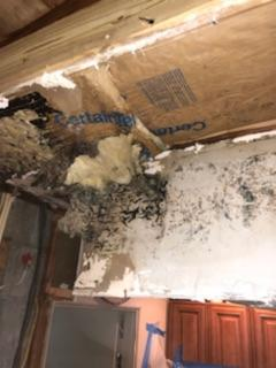
Prevent Mold Growth
One of the critical concerns after a flood is the rapid growth of mold, which can flourish in damp conditions and pose significant health risks. To prevent mold from taking hold, begin by ensuring that all wet areas are thoroughly dried out. Use fans, dehumidifiers, and open windows to circulate air and reduce moisture.
It’s important to start this process as soon as possible since mold can develop within 24 to 48 hours after exposure to moisture. Inspect your home for any existing mold growth, paying particular attention to hidden areas such as behind wallpaper, in corners, and under carpets. If you discover mold, it’s crucial to remove it promptly. For small areas, you can clean it with a solution of bleach and water, ensuring you wear protective gloves and a mask to avoid inhaling spores.
However, extensive mold infestations might require professional remediation. Professionals can ensure that mold is removed safely and that your home is restored to a healthy environment.
If you're facing the aftermath of a flood and need reliable assistance, don't hesitate to contact Flood Pros USA. We offer emergency water damage cleanup in Sarasota, 24/7 flood cleanup assistance, and expert storm damage restoration. Our team is ready to provide fast emergency flood recovery and comprehensive storm damage repair services to get your property back to pre-damage conditions swiftly and efficiently.
Subscribe to Flood Pros USA's Blog

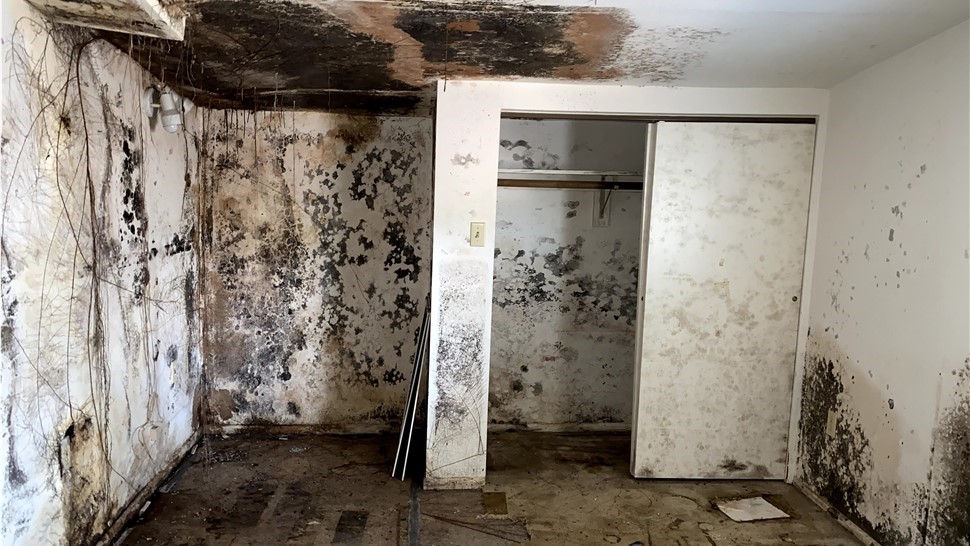
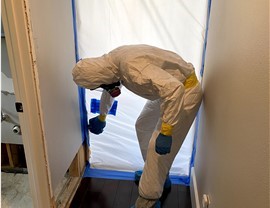

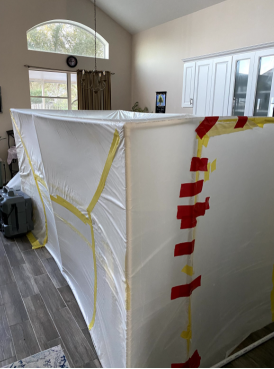


Comments